A new form of lightweight concrete, known as Reinforced Autoclaved Aerated Concrete (RAAC), was used in buildings from the 1950s to the mid-1990s. Planks of this material were pre-cast off site and used for flat and pitched roofs, walls, eaves, floors and walls in a wide range of buildings in particular schools and offices.
Concerns have been raised about the durability and performance of this type of concrete. There have been incidences of significant collapses involving buildings where this material was used.
Investigations found that the porous and permeable nature of the material meant that the reinforcement material within the panels was less well protected against corrosion than reinforcements in traditional concrete, also the material had reduced stiffness and showed higher displacement, deflection and sagging and there had been poor quality control during manufacturing and installation of the material.
The typical life of RAAC planks has been estimated at 30 years.
Several alerts have been issued by various bodies regarding this material since the issue was first identified. In December 2022 the Department for Education (DfE) issued new guidance for the management of RAAC in premises.
Although the guidance is targeted at educational premises, it is also likely to be useful for anyone managing a building where this material may have been used.
The DfE guide sets out a step by step approach to identify and manage RAAC. The first step being to gather information about the building and carry out an initial assessment. This can be carried out by someone who is familiar with the day to day running of the building and is essentially an initial assessment of whether RAAC planks are likely to be present, what work has been carried out to date and where the material is.
If after this stage you are confident that RAAC has not been used, then no further work is required. However you have identified that RAAC is or may be present then the next stage is to appoint a specialist engineer to carry out a detailed survey. Based on the results of this survey a management plan can be developed which will include both immediate and longer term management measures.
Immediate measures will include such work replacing existing RAAC or adding structural support. Longer term measures will include good maintenance practices such as ensuring roofs are free draining, maintaining waterproof membranes in good condition and carrying out regular inspections to identify deteriorations such as water ingress, cracks and deflections.
The full guidance can be found on the Gov.UK website at: https://www.gov.uk/government/publications/reinforced-autoclaved-aerated-concrete-estates-guidance
If you have any questions or would like support with managing issues at your workplace, please speak to your usual contact or get in touch using the form below.
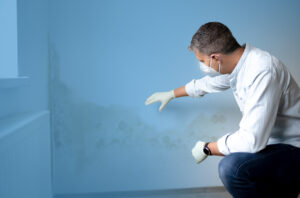
New rules for providers of social housing in England
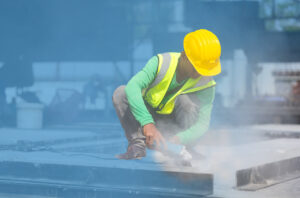
Small but mighty – working safely with nanomaterials
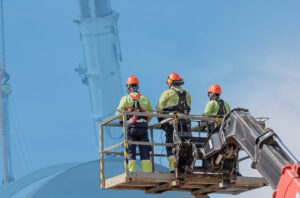
Do you have a MEWP rescue plan?
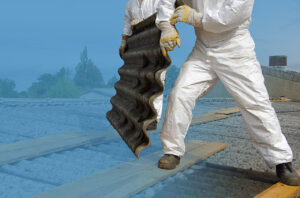
Changing the asbestos control regime
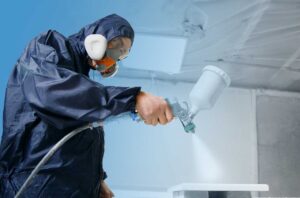
HSE Launch Motor Vehicle Paint Spraying Campaign
